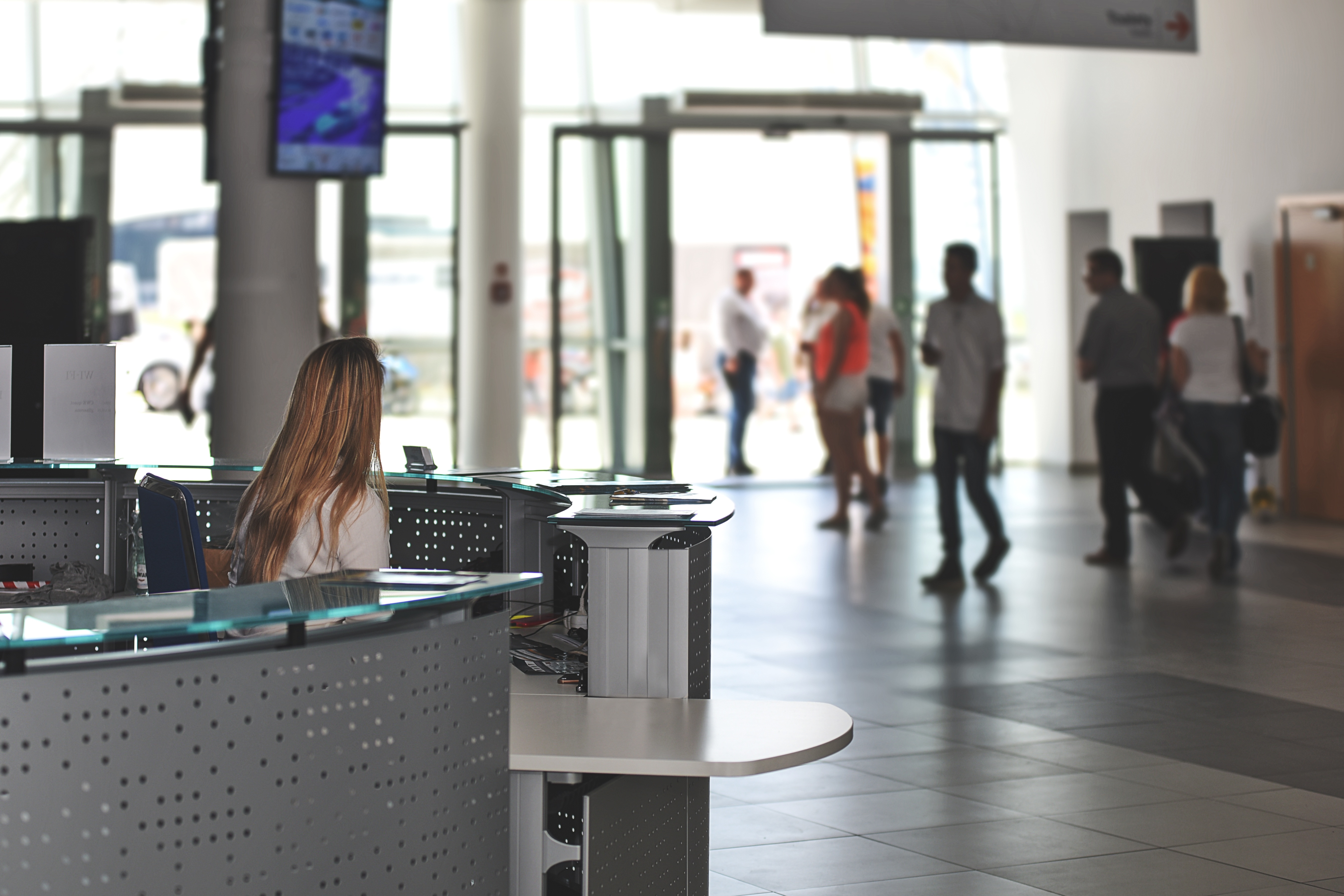The building envelope refers to any part of a building that acts as a barrier to the external environment, such as doors, walls, windows, the roof, and the foundation. Optimizing the energy efficiency of the building envelope ensures proper regulation of interior building temperatures—helping prevent excessive moisture, heat, or cold—while improving comfort conditions for building occupants and increasing the lifespan of building components.
Approximately 42% of the energy consumed in a building is lost through the building envelope. The building envelope is prone to wear and tear, which eventually can cause cracks, leaks, and other damage. If left unaddressed, damage to the building envelope can account for a significant loss in a building’s efficiency and performance. Due to the sheer size and complexity of parts that make up the building envelope, identifying problem areas that may exist can be a challenge, often due to a lack of capital or resources. This can lead to building envelope failures. However, there are some low-cost solutions, including insulation, air sealing, weatherstripping, and air barriers. Identifying these building envelope failures can help solve energy inefficiencies.
Insulation
Insulation creates a barrier between the building’s interior and exterior. Proper insulation reduces the transfer of heat or cold through the building envelope, which enhances thermal comfort for building occupants and supports energy savings. Comfortable employees are more productive. Conversely, uncomfortable employees are more prone to adjust temperature settings, prompting the building’s HVAC system to call for more heating or cooling cycles, driving up energy costs.
Air Sealing
Air sealing restricts the passage of air through leaks in the building insulation. Air sealing and building insulation go hand-in-hand. Regardless of how well a building is insulated, cracks or leaks in the thermal envelope or insulation material will result in thermal bridging and a loss of insulation performance, driving up energy costs.
Weatherstripping
Weatherstripping provides multiple benefits involving thermal comfort, health and wellness, and indoor air quality. Reducing air infiltration and exfiltration in buildings that are exposed to hot or cold climates is especially important.
Weatherstripping buildings exposed to hot climates can help reduce moisture problems that can cause the building’s structure to slowly deteriorate and also lead to health and wellness issues. Preventing air leaks in buildings in cold climates can help mitigate drafts, which improves thermal comfort. Door weatherstripping in buildings that have walk-in coolers and freezers also help maintain climate conditions within a temperature-controlled space and prevents cold drafts from escaping.
Any unwanted air entering or escaping a building will result in an energy loss and drive up costs.
Air Barriers
Air barriers serve a similar purpose to weatherstripping—it prevents air infiltration and exfiltration in a building. There are different types of air barriers, all made of different components designed to restrict unintended air movement inside and outside of the building. The most noticeable example is a hospital doorway air barrier: the blast of air felt upon entering the first of two sets of entrance doorways. Hospital, pharmaceutical, biotechnology, and other highly climate-controlled buildings greatly benefit from air barriers, as it prevents pollutants or allergens from entering the building.
Bottom Line
Building envelope failures will happen in every building, and proper maintenance is required every year to ensure proper building upkeep. An energy services company (ESCO) can provide an energy audit to identify problem areas that exist within the building envelope and recommend cost-effective solutions. Going forward, preventive maintenance through these four building envelope measures improve the energy efficiency, indoor air quality, and thermal comfort of a building.




